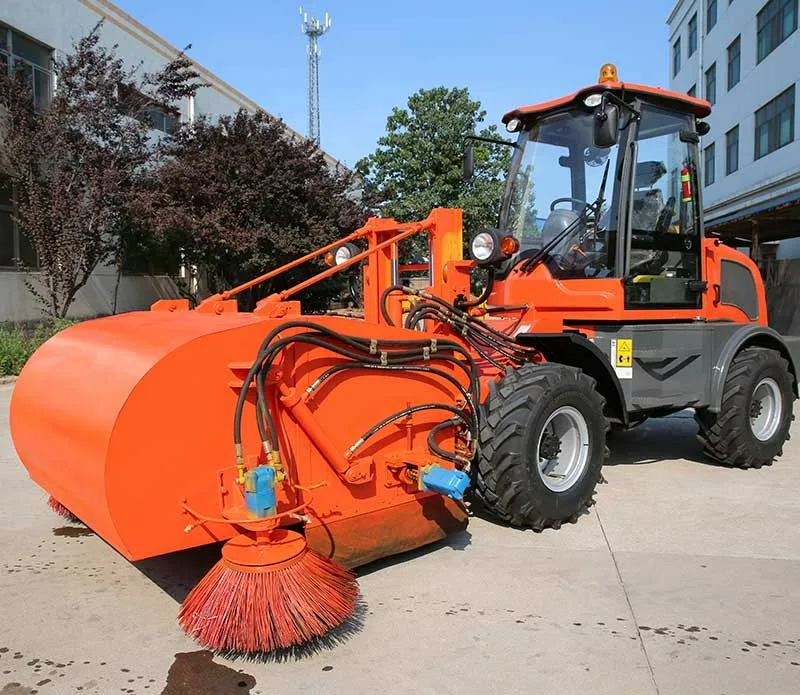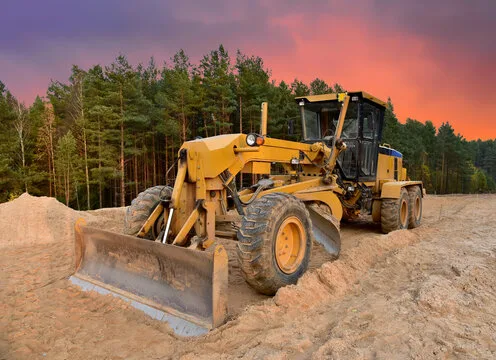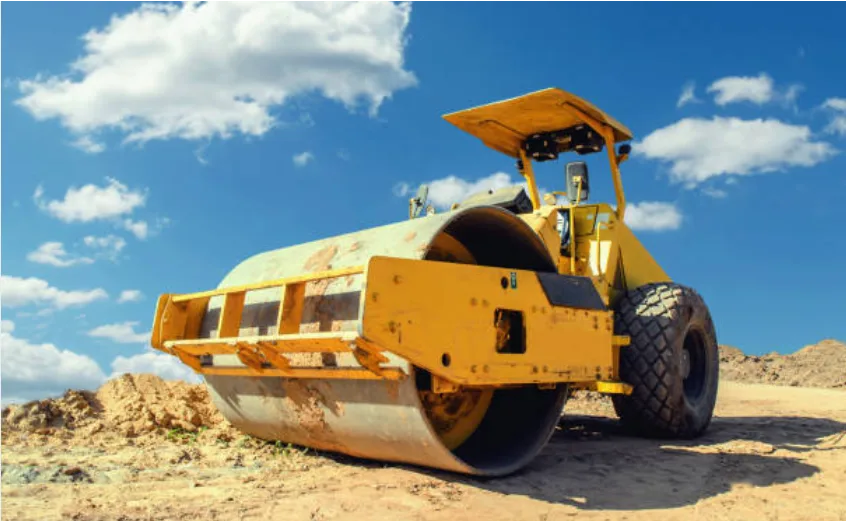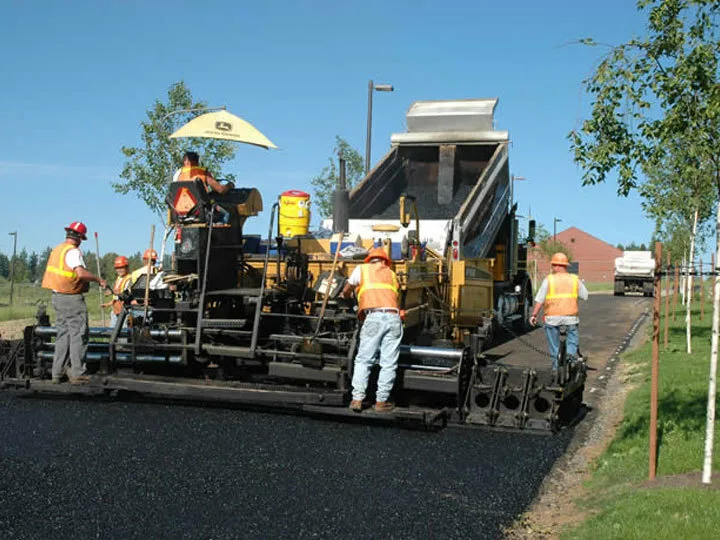Road maintenance in India faces significant challenges due to factors such as heavy usage, diverse climatic conditions, and inadequate planning. Many roads suffer from wear and tear caused by poor construction practices, delayed repairs, and lack of regular upkeep. These issues not only impact safety and connectivity but also increase costs in the long run. Tackling these challenges requires a focused approach, combining innovative techniques, better materials, and efficient management strategies to ensure roads remain durable and reliable over time.
Road Maintenance Challenges
Road maintenance in India faces a range of physical challenges that hinder the longevity and safety of road networks. These include:
- Potholes: A common issue caused by repeated stress from traffic, water seepage, and poor-quality materials. They pose safety hazards and increase vehicle maintenance costs.
- Flooding: Poor drainage systems and excessive rainfall during monsoons lead to waterlogging, which weakens road foundations and accelerates surface deterioration.
- Cracks and Surface Damage: Temperature variations, overloading, and inadequate maintenance result in cracks that compromise the structural integrity of roads.
- Erosion: Roads in hilly and coastal regions often face erosion caused by natural forces like wind and water, weakening embankments and creating dangerous driving conditions.
- Landslides: In mountainous regions, landslides triggered by heavy rainfall or seismic activity disrupt road connectivity and require significant repair efforts.
- Subgrade Weakness: Poor soil conditions beneath the road surface can lead to uneven settling, causing dips and undulations that impact driving comfort and safety.
- Overloading of Vehicles: Overloaded trucks and commercial vehicles exert excessive stress on road surfaces, causing premature wear and tear. This is especially problematic on highways and rural roads that are not designed for heavy loads.
Addressing these challenges requires implementing robust construction practices, regular maintenance schedules, and innovative solutions tailored to local environmental and geological conditions.
Different of Road Maintenance Equipments
1. Road Surface Repair Equipment
Road surface repair equipment is vital for maintaining the quality and safety of roadways, particularly in regions with heavy traffic and harsh weather conditions. Pothole patchers are essential for filling potholes, using a mix of cold or hot asphalt. These machines are equipped with the ability to apply the mixture efficiently, ensuring a smooth road surface for vehicles. Asphalt recycler machines serve an important eco-friendly function by reusing old asphalt, reducing waste while cutting down on material costs. They grind and heat the existing asphalt, adding new aggregates to form a fresh mixture suitable for repairs. Cold planers (milling machines) are used for resurfacing roads or removing damaged pavement, ensuring the road base is exposed and ready for a new layer of asphalt. Finally, crack sealing machines play a significant role in maintaining the road’s integrity by filling cracks with a durable sealant that prevents water from penetrating and causing further damage.

2. Road Cleaning and Preparation Equipment
Before any road maintenance or resurfacing can take place, it is important to prepare the surface. Road sweepers are a common sight in urban road maintenance, equipped with rotating brushes and vacuums that clean debris, dirt, and dust from the surface. They ensure a cleaner environment for the upcoming work and minimize contamination of newly laid materials. Hydraulic broomers are similar but are designed to clear finer debris that can interfere with surface treatments like resurfacing or sealing. These are typically used in conjunction with water tankers with sprayers that dampen the surface, reducing dust and helping bind materials together for a smooth application. These machines are especially useful in arid regions or during hot, dry months, where dust control is essential for both worker safety and the quality of repairs.

3. Earthwork and Grading Equipment
Proper grading and earthwork are essential steps in ensuring a stable road foundation and preventing future structural issues. Motor graders are large, versatile machines equipped with a blade that can precisely level and smooth road surfaces to meet specific grades and alignments. These machines are used in the initial stages of road construction and during rehabilitation to ensure drainage and structural integrity. Bulldozers are heavy-duty equipment used to push large quantities of soil, debris, or rock. In road maintenance, bulldozers help clear overgrown vegetation, rocks, and other obstacles that may impede road construction or repair. Excavators are highly efficient at digging trenches for drainage systems, removing damaged road sections, or even helping with the foundation work for embankments. These machines are essential when upgrading roads or implementing new infrastructure like underpasses and bridges.

4. Compaction Equipment
Compaction is important for ensuring that road layers, such as sub-base and surface layers, are adequately compressed to withstand traffic loads. Road rollers come in various types, each with a unique function. Vibratory rollers are commonly used to compact asphalt, using vibration to increase the density of the material and reduce air pockets that could lead to surface cracking. Pneumatic rollers, which use air-filled tires to compact the surface, are typically employed in the final stages of road compaction, ensuring a smooth, uniform finish. For more confined spaces or areas around curbs and drainage systems, plate compactors are used. These small yet powerful machines are ideal for compacting smaller, more intricate areas where larger rollers cannot reach, ensuring thorough compaction and preventing future surface issues.

5. Pavement Maintenance Equipment
Pavement maintenance is essential for extending the life of roads and ensuring a safe driving environment. Chip spreaders are used in the process of chip sealing, where an aggregate is spread over an asphalt surface followed by a layer of liquid asphalt emulsion. This method protects the road from weather damage and increases its lifespan. Slurry seal machines apply a thin mixture of asphalt emulsion, water, and fine aggregates over the road surface, filling in small cracks and providing a smooth finish. This process not only rejuvenates aging roads but also seals out moisture that could cause deterioration. Microsurfacing machines apply a similar mixture, but with a finer aggregate and higher-quality binder. This method offers a more durable finish and can extend the life of roads significantly, making it an effective solution for roads with moderate traffic volumes that require periodic resurfacing.

6. Drainage Maintenance Equipment
A well-maintained drainage system is essential for protecting road infrastructure from water damage, which can lead to erosion and weakening of the road foundation. Backhoe loaders are versatile machines used for digging trenches or clearing blocked drainage ditches. They can also assist in the installation of new drainage pipes and culverts. High-pressure jet cleaners are used to clear debris, mud, and sediment from drains and culverts, restoring the flow of water and preventing blockages that could lead to road flooding. In areas with heavy sediment buildup or significant debris, vacuum tankers are used to remove waste and maintain the cleanliness of drainage systems. These machines help ensure that water flows freely, preventing road damage caused by water pooling.
Addressing Road Maintenance Challenges: Government Initiatives in India
The Indian government has undertaken several initiatives to address the challenges of road maintenance across rural, urban, and highway networks. Programs like the Pradhan Mantri Gram Sadak Yojana (PMGSY) focus on creating durable, all-weather roads in rural areas, ensuring maintenance for five years post-construction Additionally, the government promotes the use of advanced technologies such as mechanized pothole repairs, geosynthetics, and recycled materials like plastic and rubber to enhance road durability. Dedicated funding, such as the Central Road Fund (CRF), ensures resources for regular upkeep, while Public-Private Partnership (PPP) models bring accountability to maintenance efforts. Community-based contracts in rural areas empower local stakeholders, fostering timely repairs and a sense of ownership. These measures collectively aim to create a sustainable and efficient road network, ensuring safety and connectivity across India.
Recent Maintenance Campaigns and Government Initiatives
Recent maintenance campaigns in India have highlighted the growing recognition of the importance of road upkeep. Mumbai’s Pothole-Free Campaign is a prime example, where the city has focused on eliminating potholes that pose safety risks and cause traffic disruptions. The initiative involves a mix of technological solutions, such as road inspections using drones, and public participation to report potholes. Similarly, Delhi’s Road Monitoring System, implemented by the Delhi Government, uses advanced technology for real-time monitoring of road conditions, enabling swift repairs and minimizing the disruption to traffic. These initiatives represent significant steps toward improving road infrastructure and making it more sustainable in the long run.
Conclusion
Using the right equipment along with proactive maintenance strategies, can help address challenges like traffic congestion and weather-related damage. By improving planning and ensuring regular inspections, India can enhance road durability and safety, paving the way for a more efficient infrastructure.

